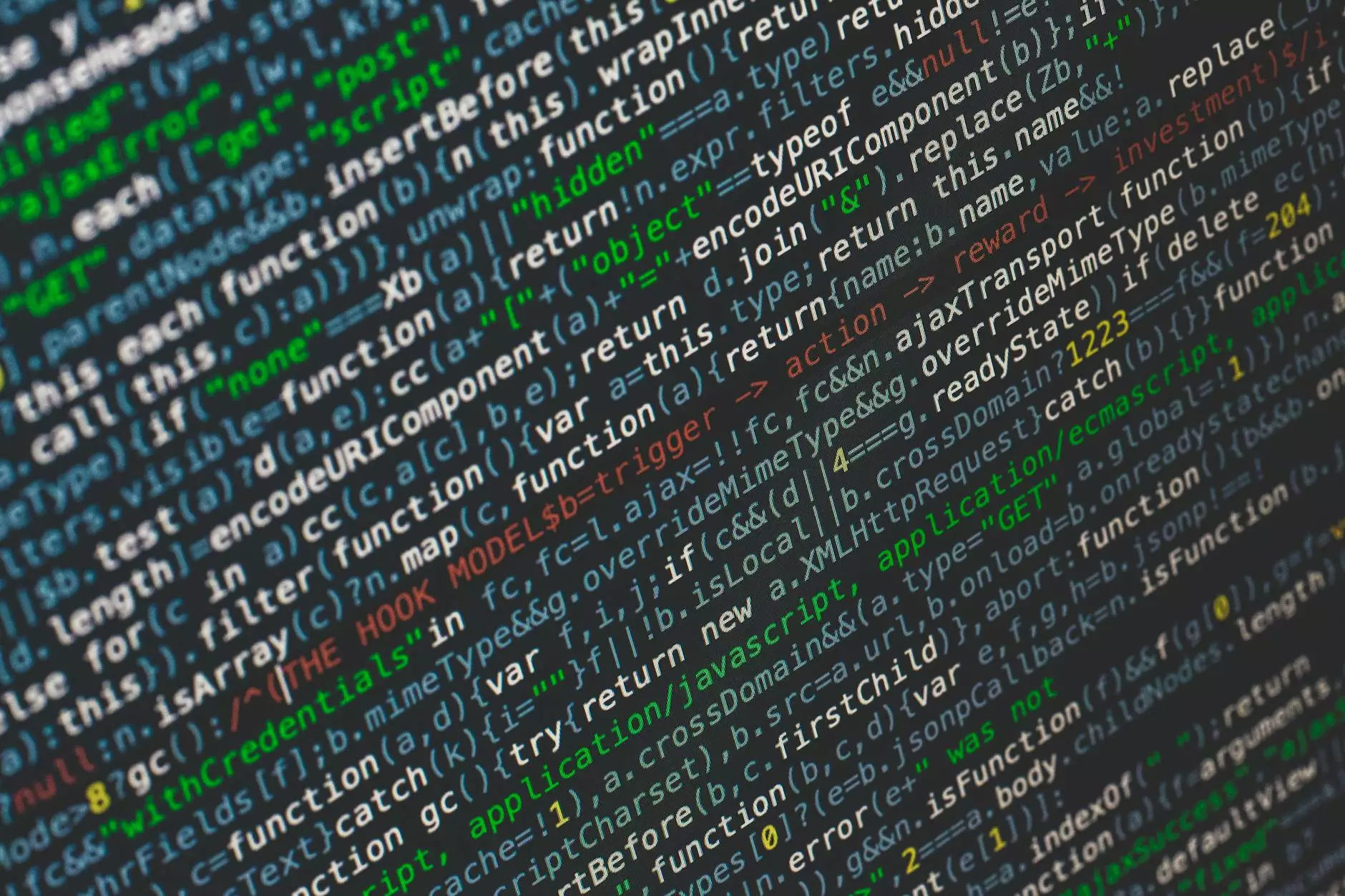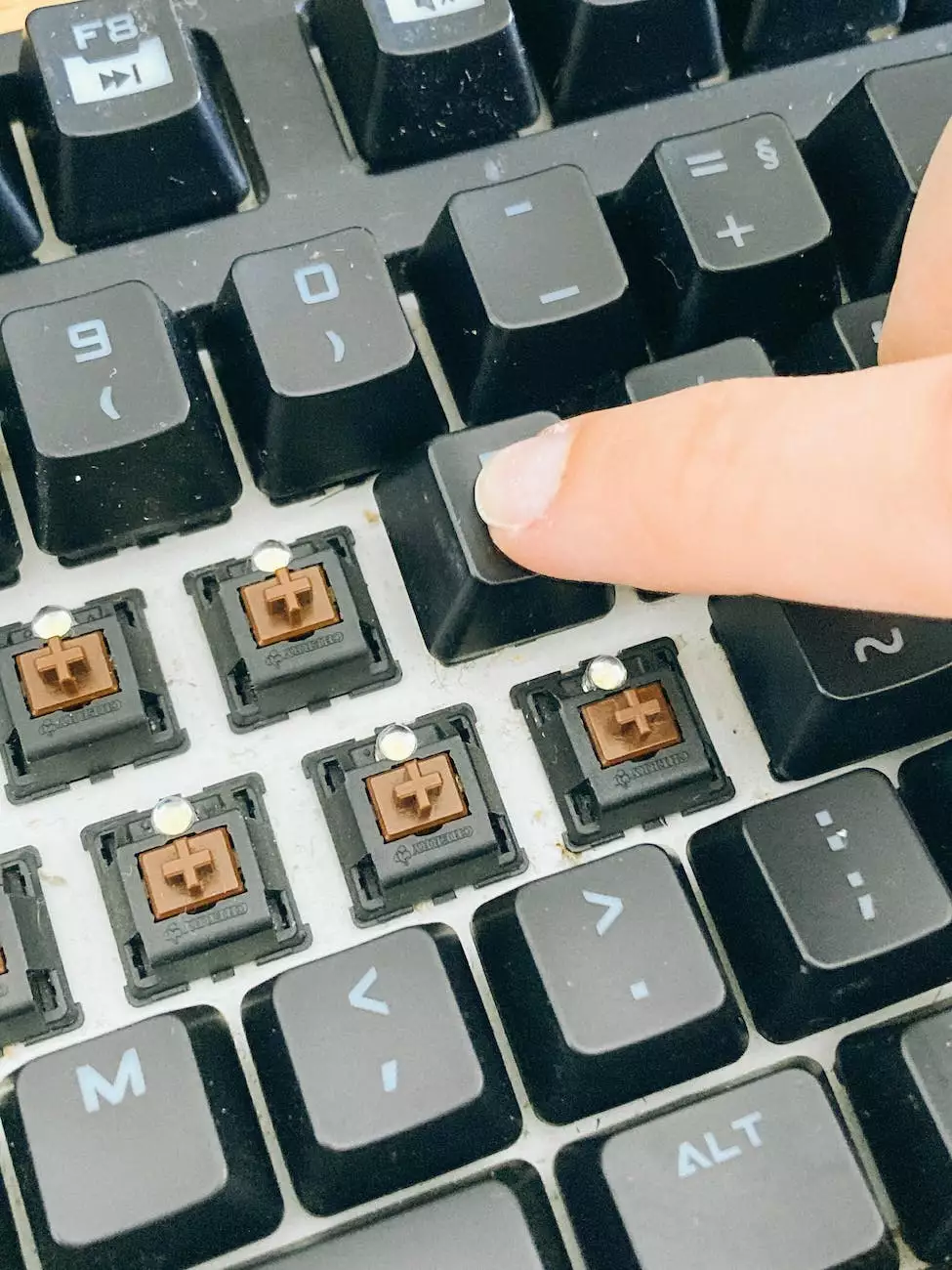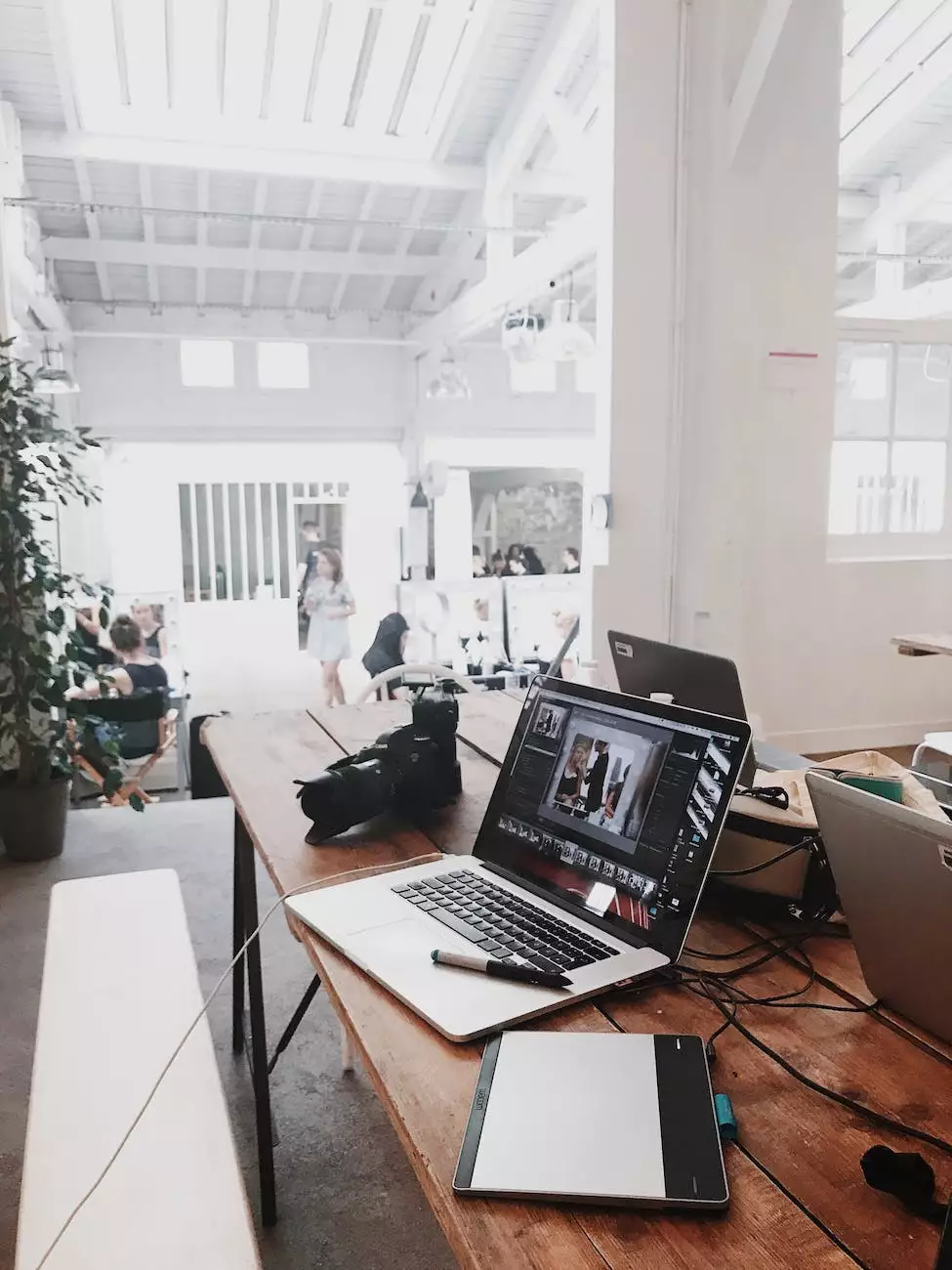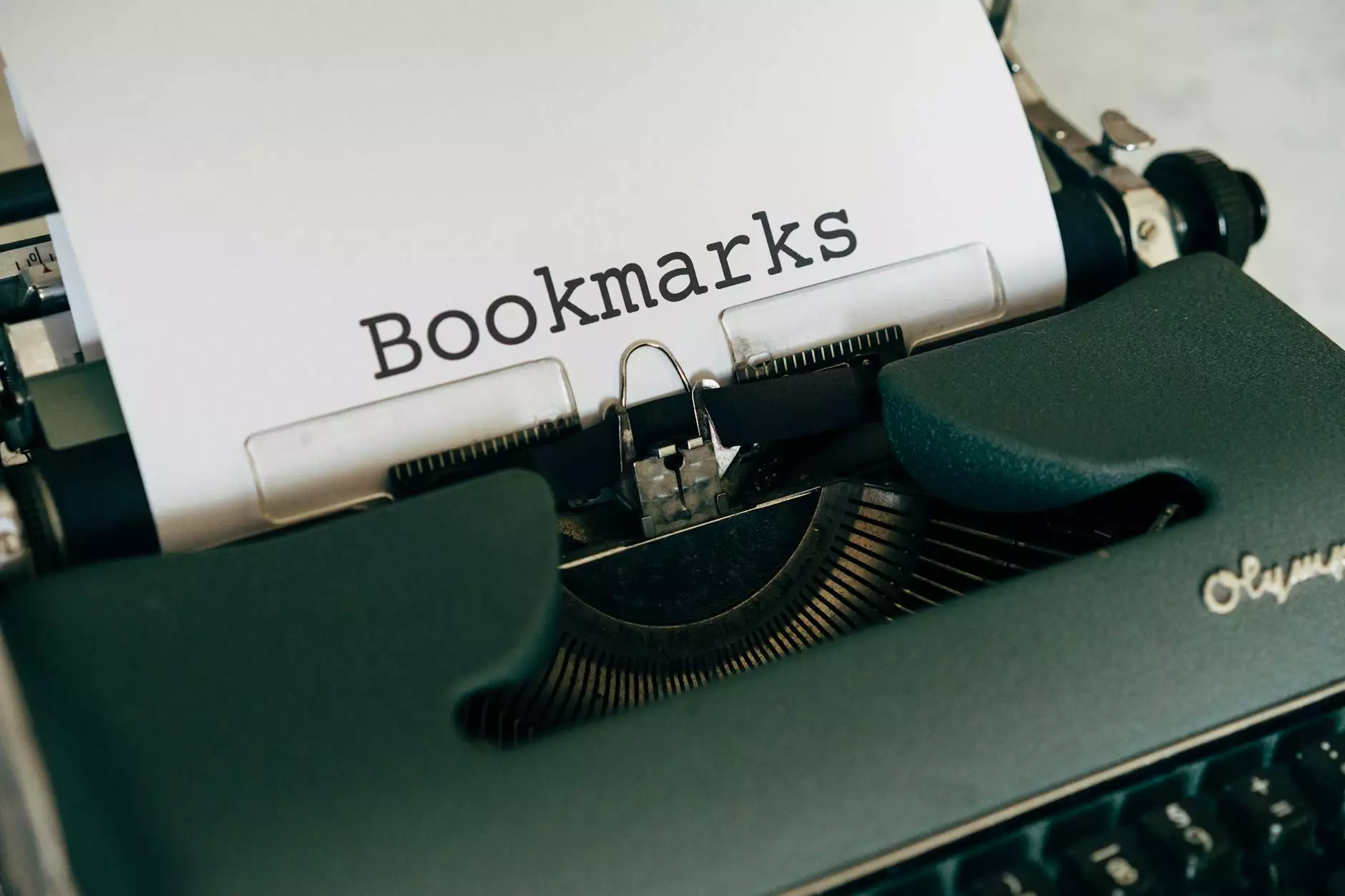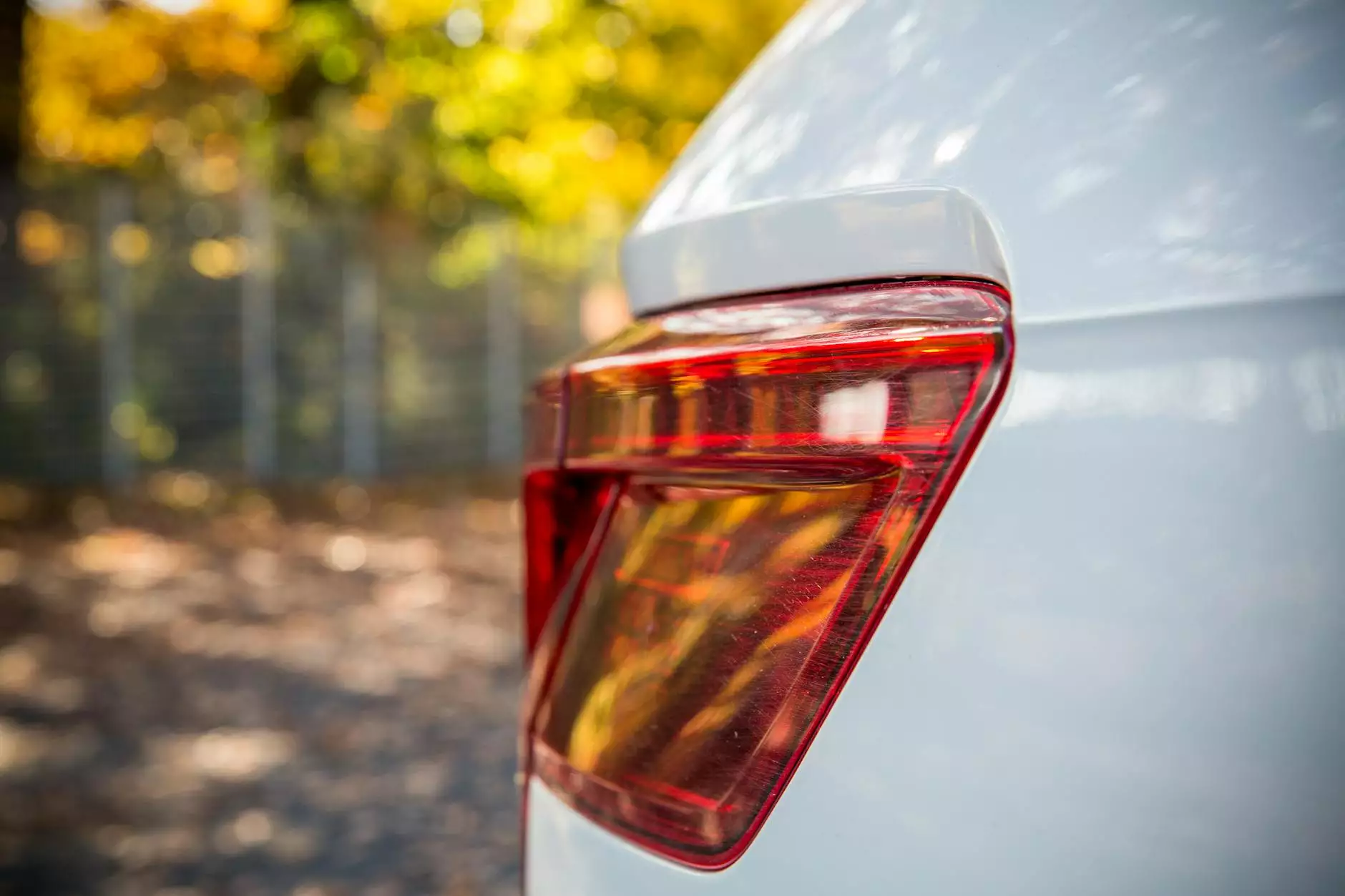What Exactly Is Largest Contentful Paint?
Blog
Welcome to Genevish Graphics, your go-to resource for all things related to Arts & Entertainment, Visual Arts, and Design. In this article, we will uncover the concept of Largest Contentful Paint (LCP) and its crucial role in enhancing website performance and user experience.
The Significance of LCP
As search engines continue to prioritize user experience, website owners need to stay updated with the latest metrics and techniques to optimize their sites. One such metric that has gained traction is Largest Contentful Paint (LCP).
LCP measures the time it takes for the largest element in the viewport (what the user sees on their screen) to be fully rendered. This element could be an image, video, or any other significant block-level element. It directly impacts how quickly users perceive your website as fully loaded.
Google's core web vitals include LCP as a key metric to evaluate user experience. A fast-loading website helps keep visitors engaged, reduces bounce rates, and increases the likelihood of conversions or interactions.
Optimizing LCP
Now that we comprehend the importance of LCP, let's explore some strategies to optimize it:
1. Image Optimization
Images significantly contribute to the Largest Contentful Paint. It is crucial to compress and resize images to reduce their file size without compromising quality. Consider using modern formats like WebP or applying lazy loading techniques to load images when they enter the viewport.
2. Content Delivery Network (CDN)
A CDN helps deliver website content to users from servers closest to their geographical location. This reduces the time required to fetch resources, including the largest contentful element, resulting in faster LCP.
3. Minify and Combine Assets
Minifying and combining CSS and JavaScript files reduces the number of server requests, improving overall loading speed. By optimizing these assets, the browser can render the largest contentful element more efficiently.
4. Prioritize Critical Resources
Identify and prioritize loading critical resources required for rendering the largest contentful element. Consider using techniques like preloading or asynchronous loading to ensure the browser fetches these resources early.
Why LCP Matters for SEO
LCP not only impacts user experience but also influences search engine rankings. Search engines prioritize websites that offer faster loading speeds and better user experiences. By optimizing your LCP, you can improve your chances of ranking higher in search engine results pages (SERPs).
When your website loads quickly, visitors are more likely to stay, engage with your content, and convert into customers. Additionally, a positive user experience leads to reduced bounce rates, which is another metric search engines consider when ranking websites.
Conclusion
In conclusion, understanding and optimizing Largest Contentful Paint is crucial for website owners and businesses operating in the Arts & Entertainment, Visual Arts, and Design space. By prioritizing this metric, you can improve user experience, reduce bounce rates, and increase your chances of ranking higher in search engine results. Remember to consider image optimization, leverage CDNs, minify and combine assets, and prioritize critical resources to achieve a faster LCP and boost your online presence.



